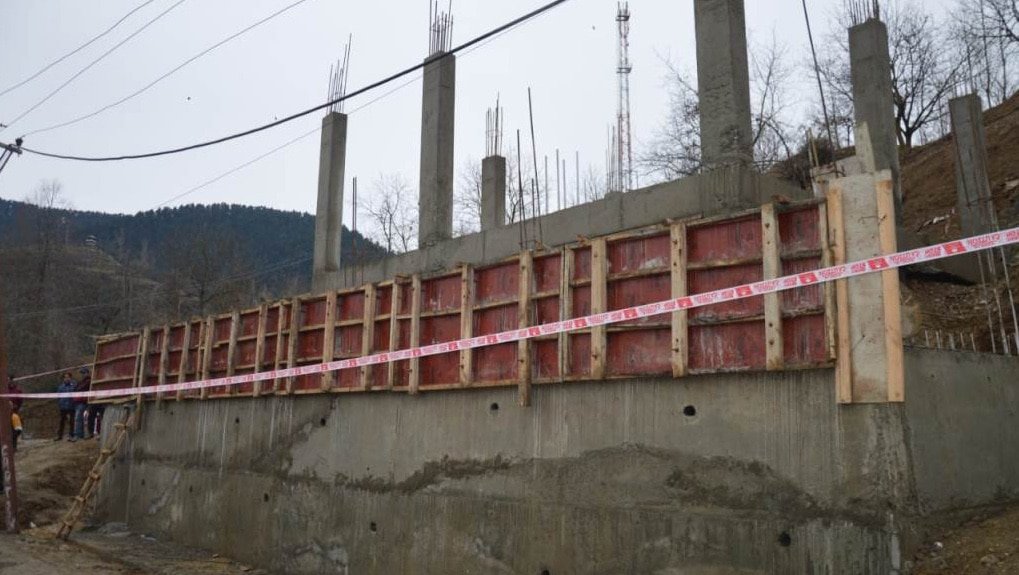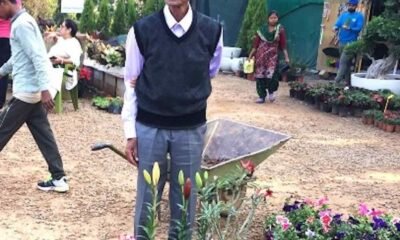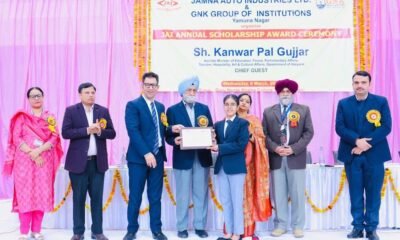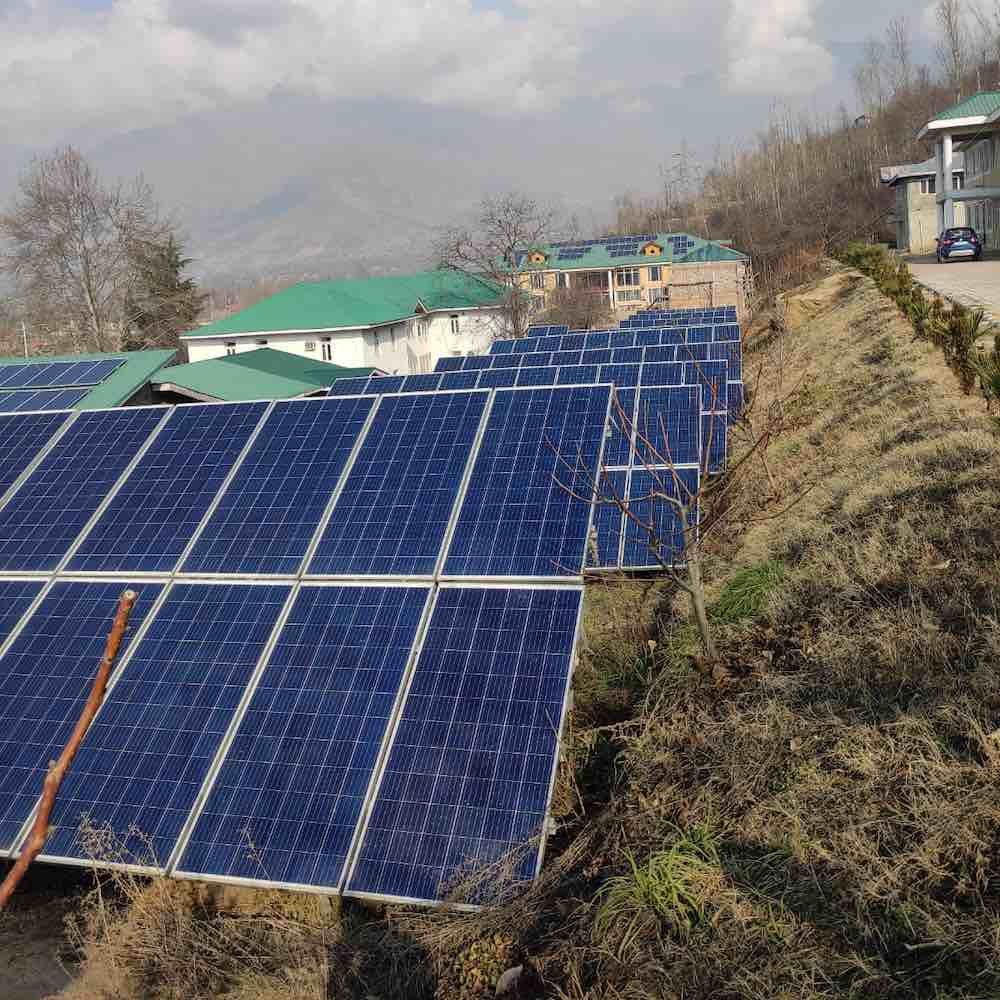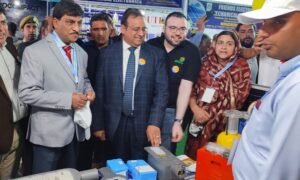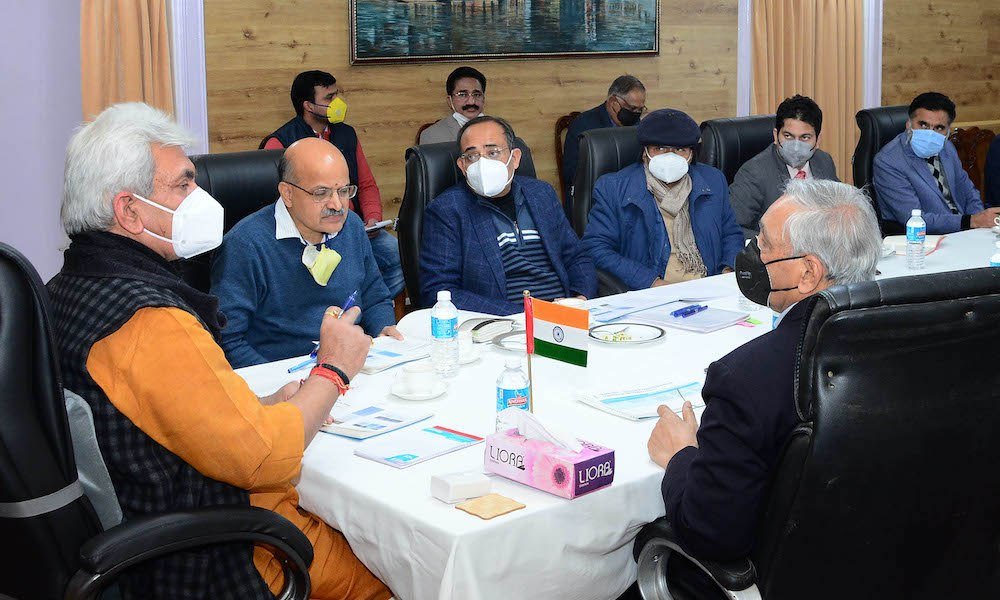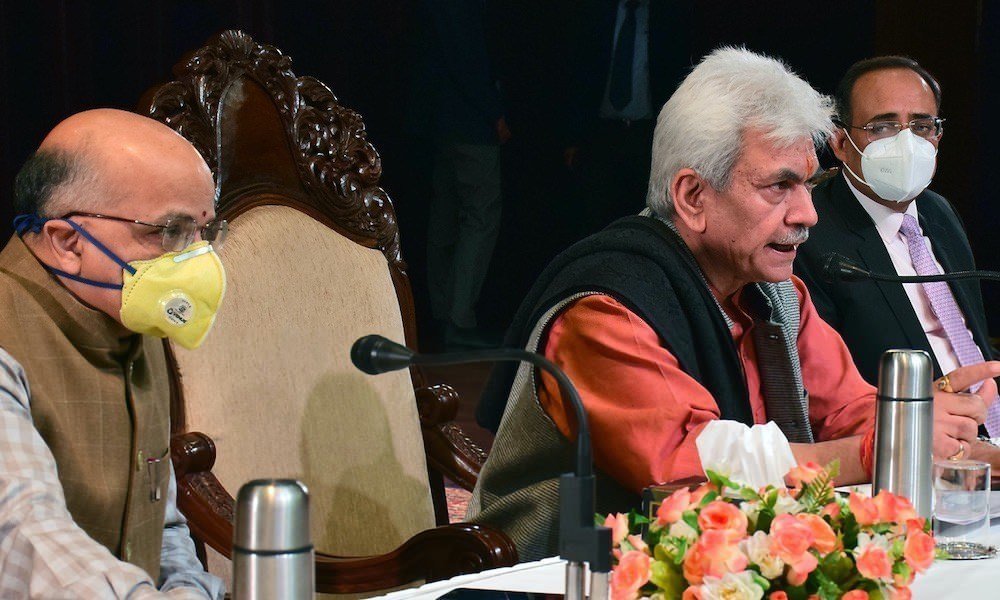LG Sinha announces decision, says it will make J&K power surplus
BK News
Jammu/Srinagar, Jan 20: Union Cabinet chaired by Prime Minister Narendra Modi on Wednesday approved Rs 5282 crore investment for 850MW Ratle Hydro Electric Project (HEP) on River Chenab in Jammu and Kashmir’s Kishtwar district.
The Ratle HEP will be constructed by a joint venture company incorporated between NHPC and JKSPDC with equity contributions of 51% and 49% respectively, according to a statement by the Government of India.
Later on the day, Lt Governor of Jammu and Kashmir, Manoj Kumar Sinha held a press conference in Jammu to announce the Union Cabinet’s decision.
The LG, according to J&K Government statement, termed it a historical decision for making J&K power surplus UT.
He thanked Prime Minister Narendra Modi for approving the HEP and ensuring the development of Jammu & Kashmir.
He blamed the previous governments for what he called their lackluster approach towards the execution of the project.
Lt Governor said that Jammu & Kashmir was deprived of this mega project for so long because “the previous regimes were scared to move ahead” due to Pakistan’s threats of going to International court for arbitration, and making representation in the World Bank.
“But, today the nation is under the strong and decisive leadership of Prime Minister Narendra Modi, who is taking bold decisions for the welfare of the people of J&K and has ensured that this project sees the light of the day, besides also providing Equity contribution support to the Union Territory of Jammu and Kashmir,” the LG said.
“J&K is witnessing unprecedented growth and development in every sector; we are unlocking J&K’s potential to be self-reliant in the energy sector within a short span of time.”
Highlights Rs 5282 cr investment for 850MW Ratle HEP
Highlighting the key features of the mega project, the Lt Governor said that apart from making J&K energy sufficient, the 850MW Ratle HEPwill create 4000 jobs in J&K, directly & indirectly, and will contribute to the overall socio-economic development of the UT. In addition, the Kwar project (540 MW) has been decided to be taken up. This will result in an investment of Rs.4,264 Crores and create more than 2000 jobs in the UT, he added.
The Lt Governor observed that four more projects (Kirthai-II (930MW), Sawalkot (1,856MW), Uri-I (Stage-II) (240MW), and Dulhasti (Stage-II) (258MW) involving an investment of Rs.31,000 Cr have also been decided to be taken up for construction. These projects together with the two ongoing projects of Pakaldul (1000 MW) and Kiru (624MW) on Chenab river and its tributaries will result in an investment of about Rs.52,821 Crores and create more than 12000 jobs in the Union Territory.
To train the local people, the Ministry of Power / Ministry of Skill Development proposes to set up training centres near the project sites in collaboration with NHPC Ltd, so that they can be employed in the projects, observed the Lt Governor.
The government of India is also supporting the Union Territory of Jammu and Kashmir by providing a grant of Rs 776.44 crore for the Equity contribution of JKSPDC in the JVC to be set up for the construction of the Ratle HEP (850 MW). NHPC will invest its equity Rs 808.14 crore from its internal resources.
Ratle HEP will be commissioned within a span of 60 months. The Power generated from the project will help in providing balancing of Grid and will improve the power supply position.
J&K Government will extend the exemption from levy of Water Usage Charges for 10 years after commissioning of the project, reimbursement of State’s share of GST (i.e. SGST), and waiver of free power to the State in a decremental manner, i.e., the free power to the State would be 1% in the first year after COD and rising at1% per year to 12% in the 12th year.
The construction activities of the Project will result in direct and indirect employment to around 4000 persons and will contribute to the overall socio-economic development of the Union Territory of Jammu and Kashmir. Further, the Union Territory of Jammu and Kashmir will be benefitted from free power of around Rs 5289 crore and Rs 9581 crore with Water Usage Charges from Ratle Hydro Electric Project, during the project life cycle of 40 years.
Prominent among others, present on the occasion were BVR Subrahmanyam, Chief Secretary, and Rohit Kansal, Principal Secretary, Power Development Department, and Information Department, besides senior officers of Civil Administration.

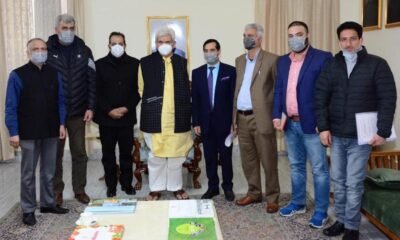

 Industry4 years ago
Industry4 years ago


 Economy2 years ago
Economy2 years ago
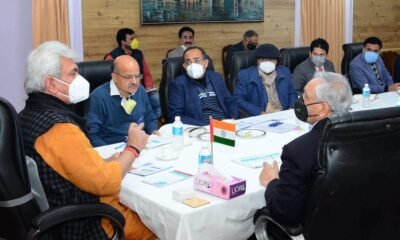

 Energy4 years ago
Energy4 years ago


 Infra4 years ago
Infra4 years ago
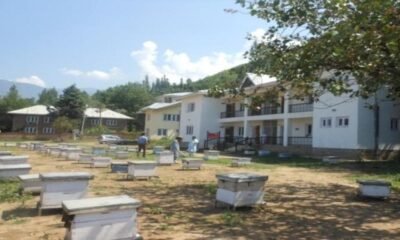

 AgriBiz4 years ago
AgriBiz4 years ago
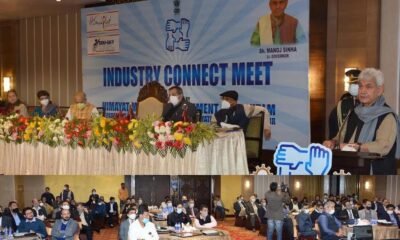

 Jobs5 years ago
Jobs5 years ago
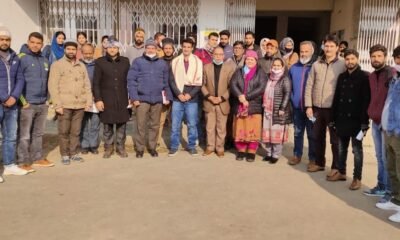

 Careers5 years ago
Careers5 years ago


 Industry5 years ago
Industry5 years ago
